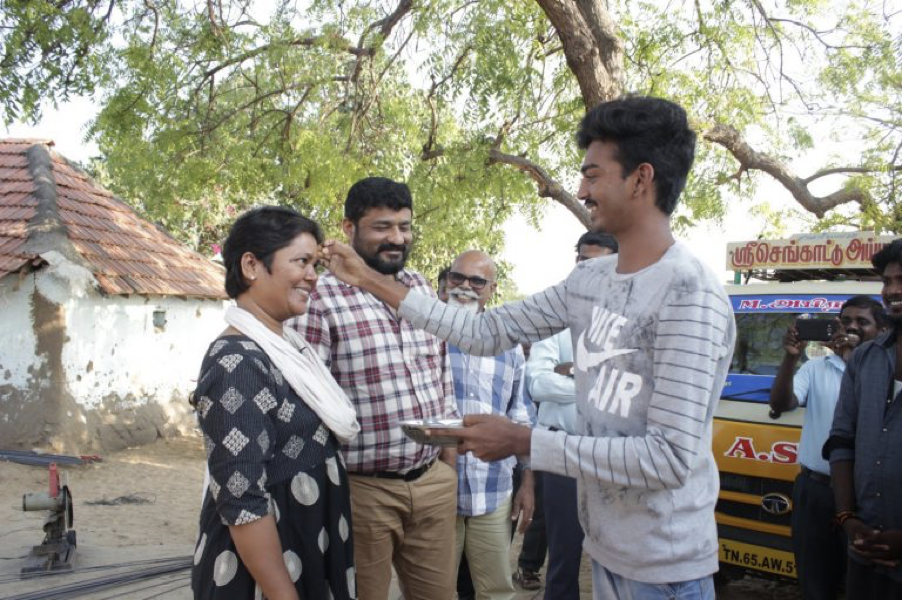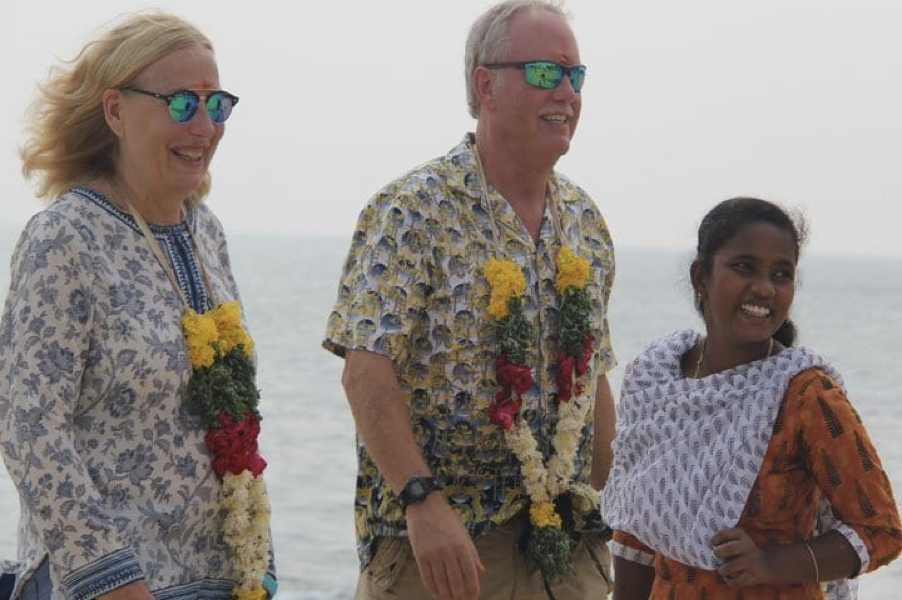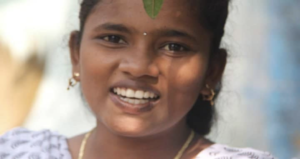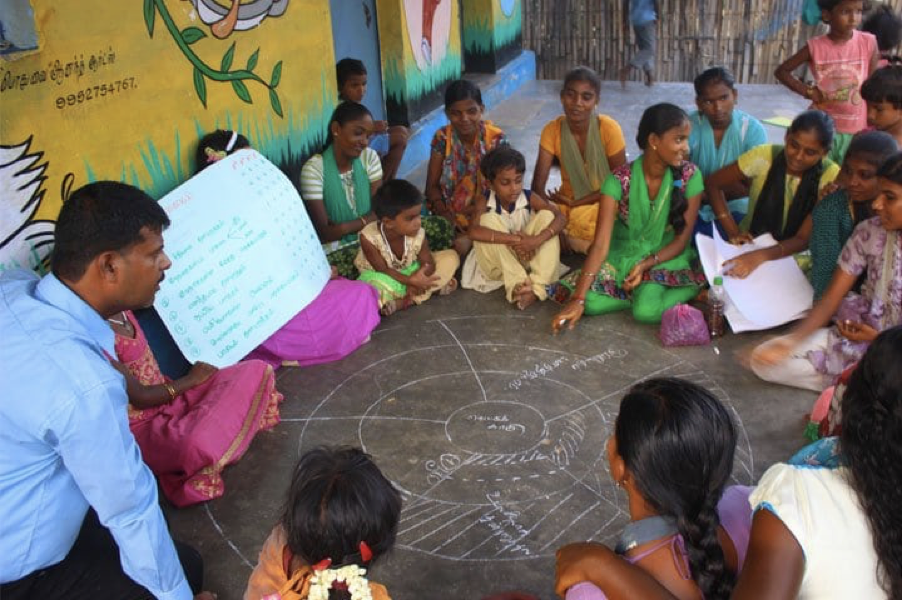“We are now taken seriously. Adults pay attention to us and ask our opinions about village development ventures,” says a proud young man from Manick Nagar, India.
“This was not the case before,” continues a young woman from the same community. “The young men and women of our village did not come together for village development talks. Now, not only do we work jointly, we also approach government officials together.”
According to the World Demographics Profile, 2018, the population of youth in the 15 to 24 age group is 16.1 percent across the globe; in India, it’s 17.9 percent.
Though mature enough to decide the future, youth in India don’t have direction or support to thrive in their rural communities. This leaves them disengaged, with few opportunities.
So, at Children Beleive, we are helping young people build their skills. Youth clubs and leadership camps are one way to do that. It’s how one of our local partners, PAD (Peoples Action for Development) inspires youth to overcome their fears and access their hidden talents.
Being away in these safe spaces gives youth from different villages time to reflect upon their lives and gain an aerial perspective. They begin to question social norms in an inclusive and equitable learning environment. Suddenly, youth discover their purpose and passion and are more prepared to articulate discrimination they face in their hometown and overcome it.
So far, 33 camps are reaching 750 youth (including 330 boys and 420 girls) who are learning their rights so they can become champions of child rights and ambassadors for child protection.
In Manick Nagar, where most villagers face barriers to realizing their rights, youth have already implemented 17 of 20 goals they made to improve the community. For example, as well as preventing child marriages, child labour and supporting children to go back to school, they’re negotiating with elected representatives for basic resources such as roads, transportation, water and electricity.
The young people have already stopped 17 child marriages and rescued 46 child labourers. Thanks to their efforts to rescue and re-enrol school dropouts, 44 children are going back to school.
And, nearly 30 young people are contesting local elections in 21 villages where we operate. They’re demanding the “Free and Compulsory Education Act” and the “Child Labour Prevention Act” protect children up to the age of 18, rather than the current age of 14.
With this renewed energy and respect for themselves and others, youth are volunteering to distribute stationery to schoolchildren, organizing local getaways, getting involved in the local disaster-preparedness plans as well as highlighting needs through street theatre, cultural programs and more.



